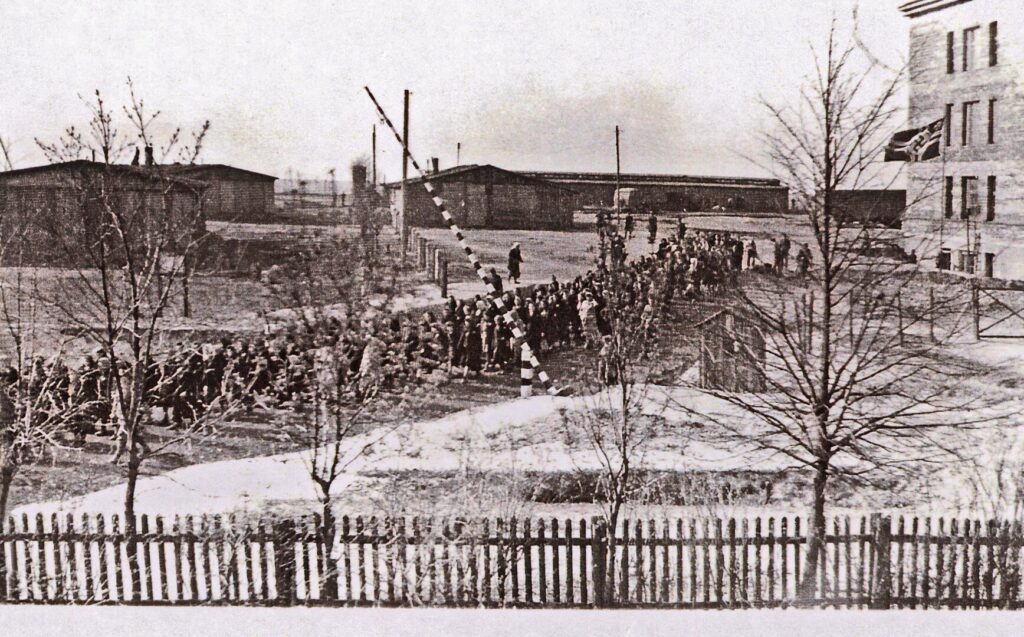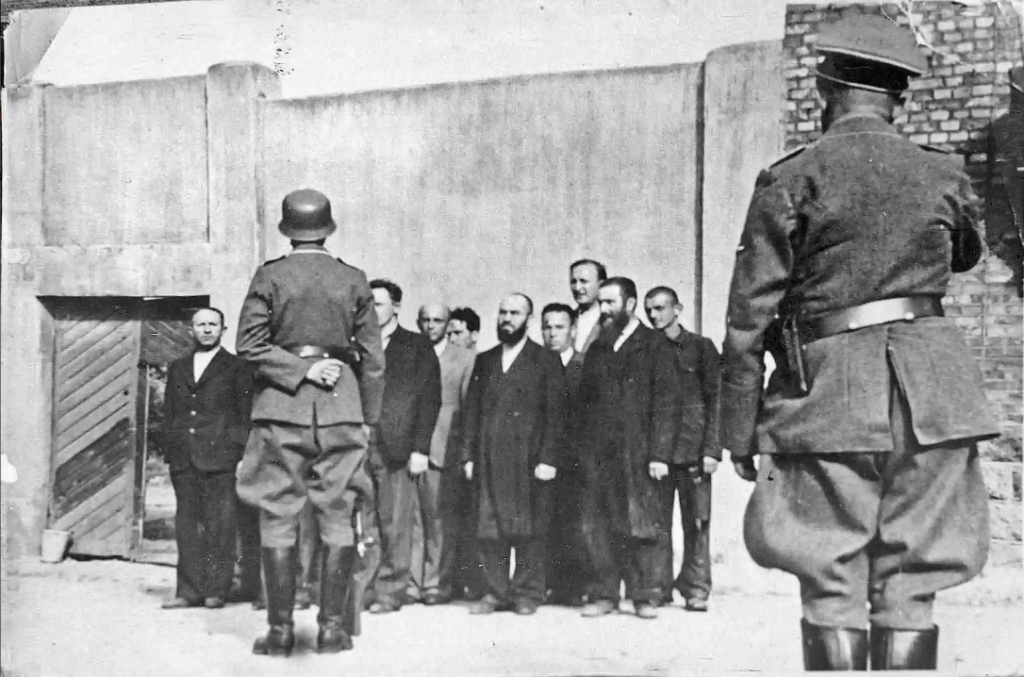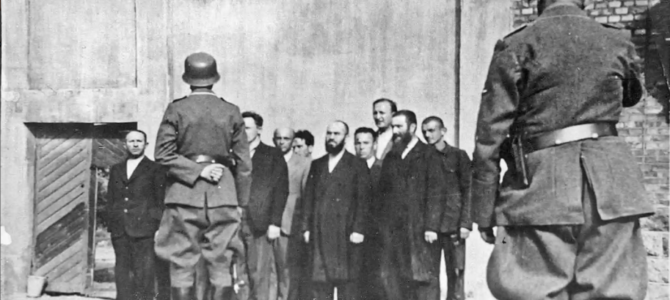July 15 is the 80th anniversary of the beginning of the liquidation of the Šiauliai ghetto in 1944 when the surviving 3,000 Jews were transported to Dachau and Stutthof concentration camps, condemned to die there instead. The Lithuanian Jewish Community and both Šiauliai Jewish Communities invite the public to remember and pay honor to the victims of the Šiauliai ghetto, the men, women, children and elderly who were murdered this July 15.
Program
11:30 A.M. Gathering at Šiauliai ghetto gate monument at the intersection of Trakų and Ežero streets to remember the victims;
12:00 noon procession to Chaim Frenkl villa at Vilnaius street no. 74 with stopover on Righteous Gentiles Square;
12:30 P.M. Commemoration of victims at Frenkl villa.
Transportation: there will be minibus to carry passengers to the event leaving from the Lithuanian Jewish Community in Vilnius at 8:15 A.M. on July 15. Passengers must register before the event (see below).
Registration: Those wishing to attend are asked to please register before 4:00 P.M. on July 12 by calling Liuba Šerienė at (+370) 5 261 3003 or by sending an email to office@lzb.lt.
A Bit of History
More than 8,500 Jews called Shavl or Šiauliai home before the Holocaust. Some Jews managed to flee deeper into the Soviet Union as the war reached Lithuania. When the Nazis invaded Šiauliai the city was crowded with 14,000 Jews including refugees from Poland and from Klaipėda and southern Lithuanian towns and cities. The white arm-banders of the Lithuanian Activist Front immediately began targeting and persecuting Jews following the Nazi invasion. For an entire week in late June of 1941 they arrested Jewish males, took them to jail and then shot them in the Luponiai Forest about 12 kilometers outside Šiauliai.
The Šiauliai ghetto was set up in July of 1941. More precisely, two ghettos were established. The first ghetto was intended for healthy young and unmarried people able to be used as slave labor. The second ghetto was meant to house professionals such as doctors and mechanics. Around 5,900 people were imprisoned in both these initial ghettos.
In September, 1943, administration of the ghettos in Eastern Europe was handed over to the Nazi SS and the Šiauliai ghetto was refashioned as the Šiauliai concentration camp.
When that change occurred, the Nazis decided remaining Jews unfit for slave labor should be murdered. On November 5 the Kinder Aktion was carried out targeting the children in the Šiauliai concentration camp, in Linkaičiai, at the Zoknai aerodrome, in Pavenčiai and in Daugėliai. This included 725 children and 92 Jews deemed ill and/or unfit for exploitation as slave labor. The prisoners were sent by cattle car to Auschwitz where they were murdered.
As the Nazis finally knew they were losing the war in 1944, they decided to “liquidate” the Shavl ghetto. This is a Nazi euphemism for the mass murder and dispersal to death camps of entire prisoner populations. Some of the prisoners in the Šiauliai concentration camp sought to flee but were unsuccessful. In July of 1944 the Nazis liquidated the camp and sent the survivors to Dachau and Stutthof to die there instead.
Only about 500 Jews from Šiauliai survived the Holocaust.
 Photo: Jews of Šiauliai marched into ghetto, from the Šiauliai district archives.
Photo: Jews of Šiauliai marched into ghetto, from the Šiauliai district archives.
 Photo: Šiauliai ghetto, from the Šiauliai district archives.
Photo: Šiauliai ghetto, from the Šiauliai district archives.


